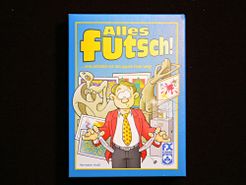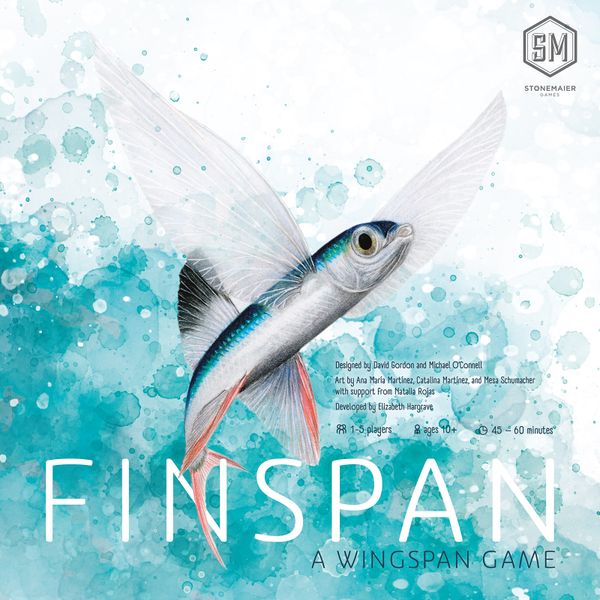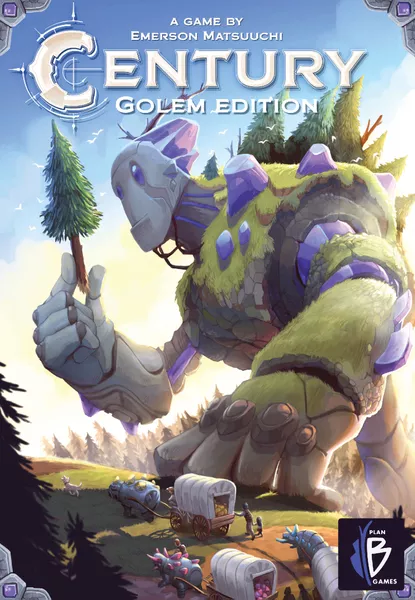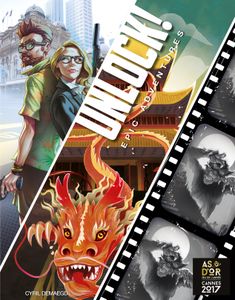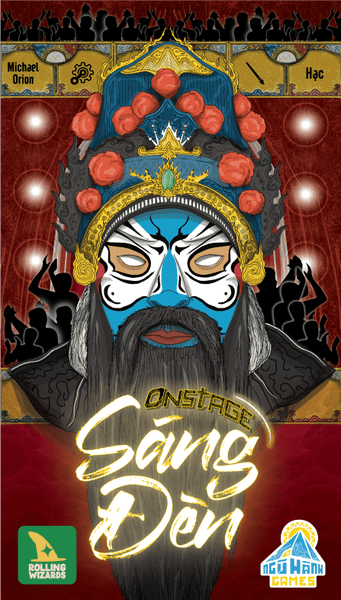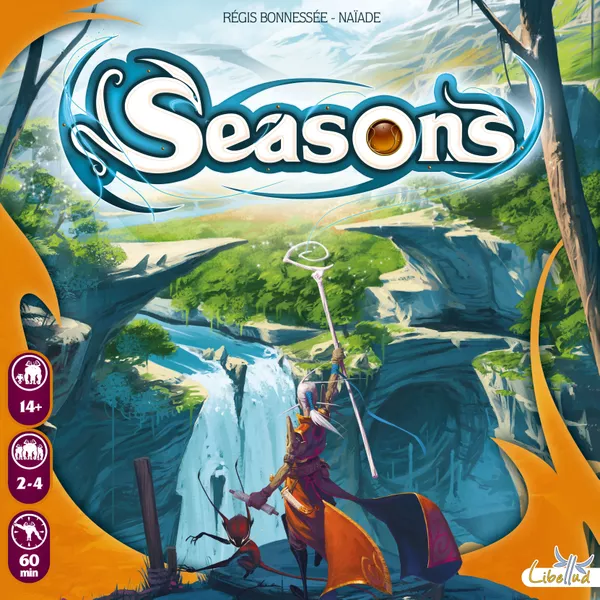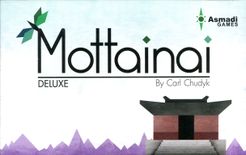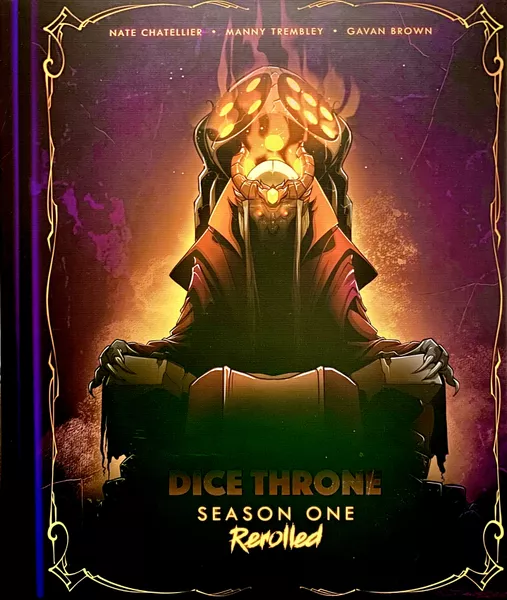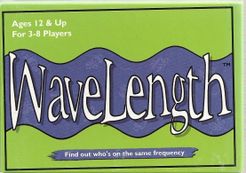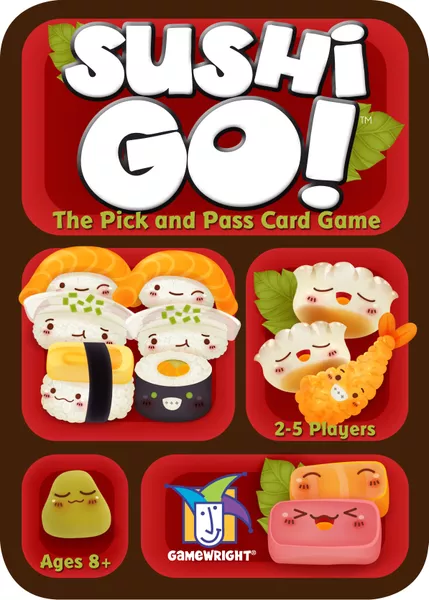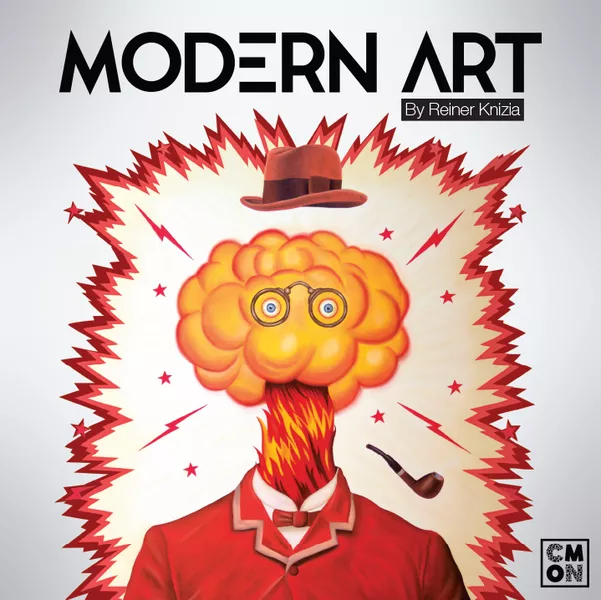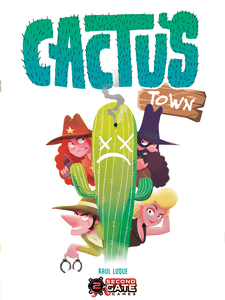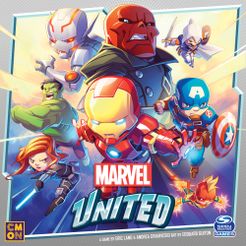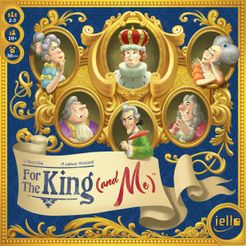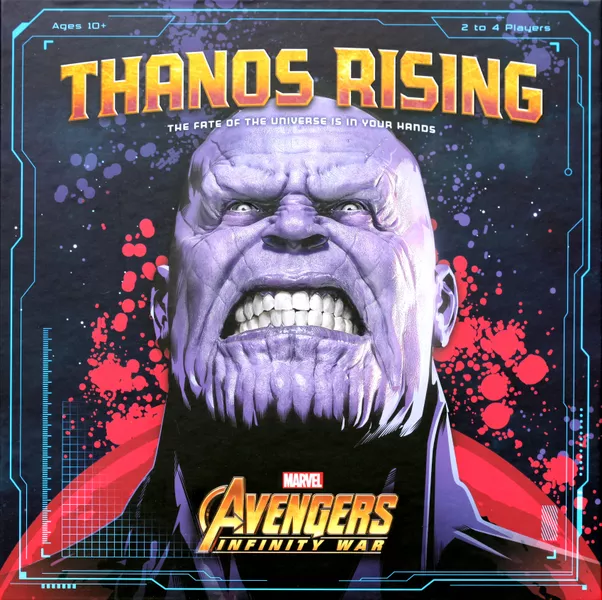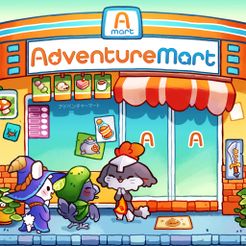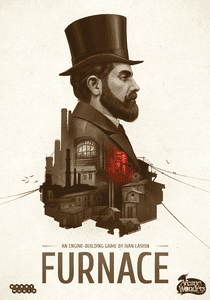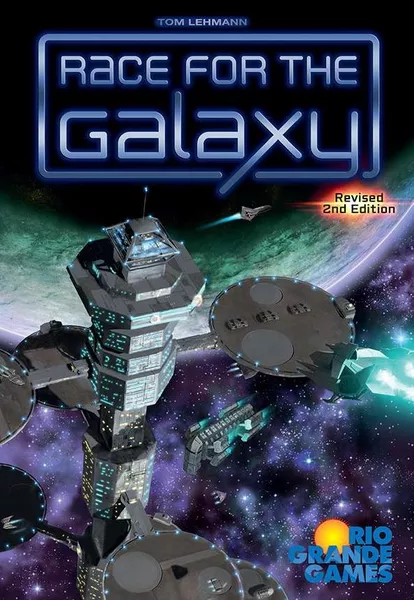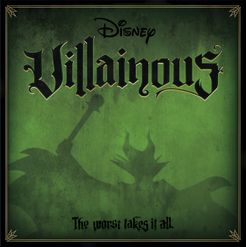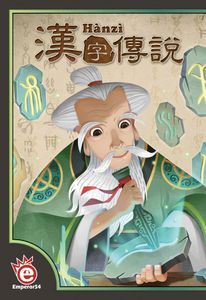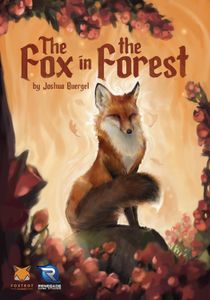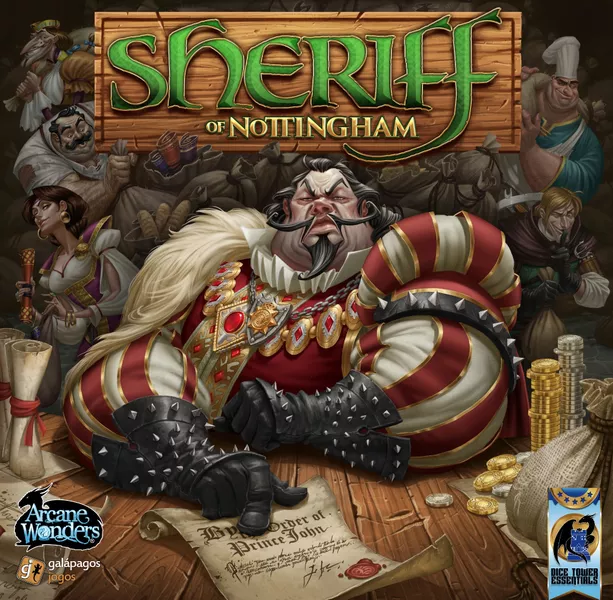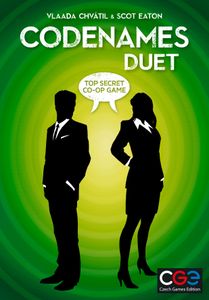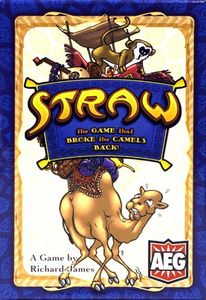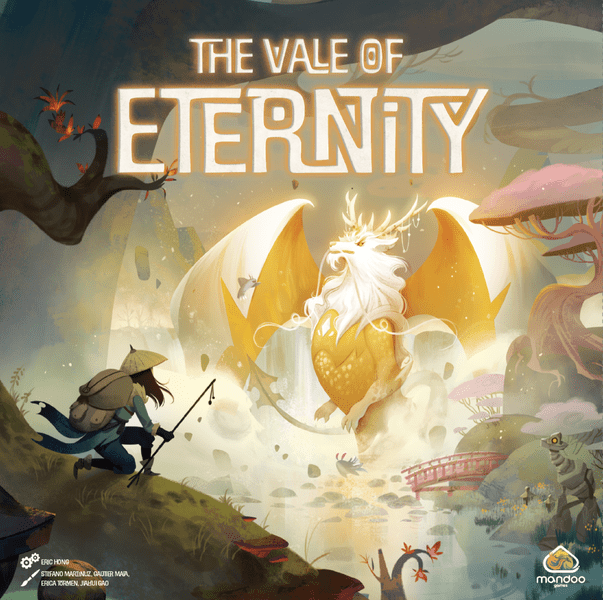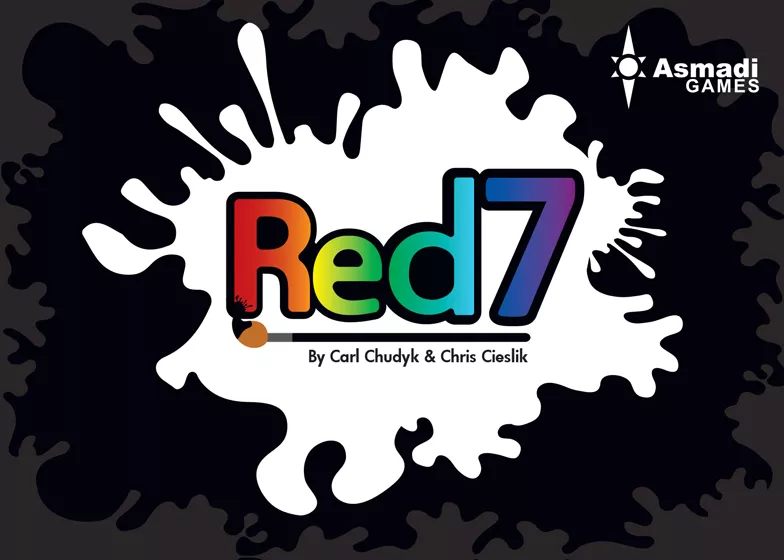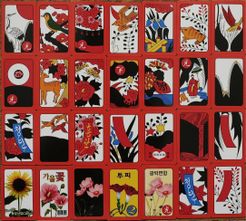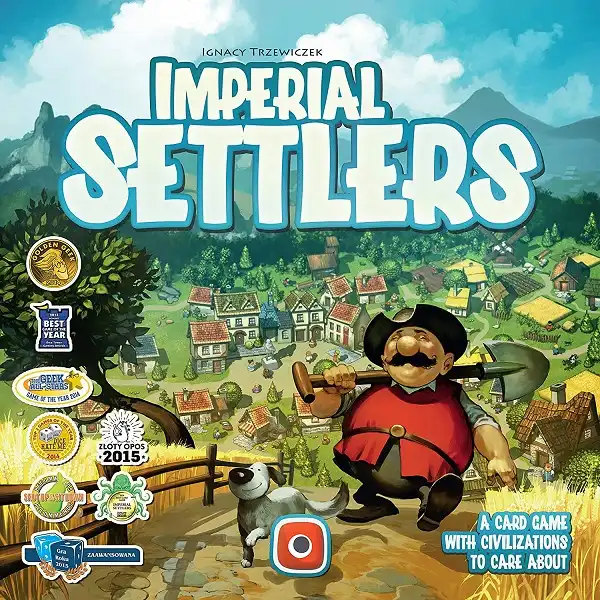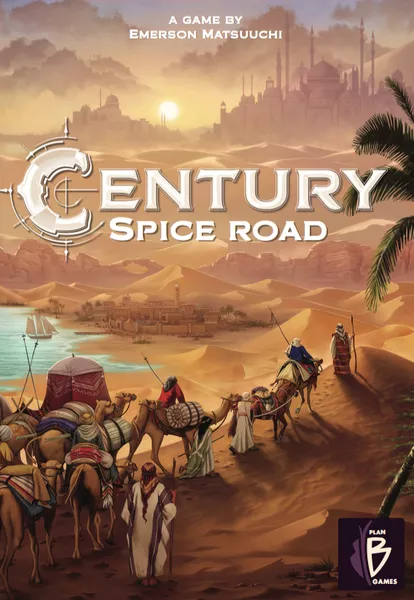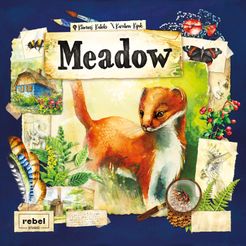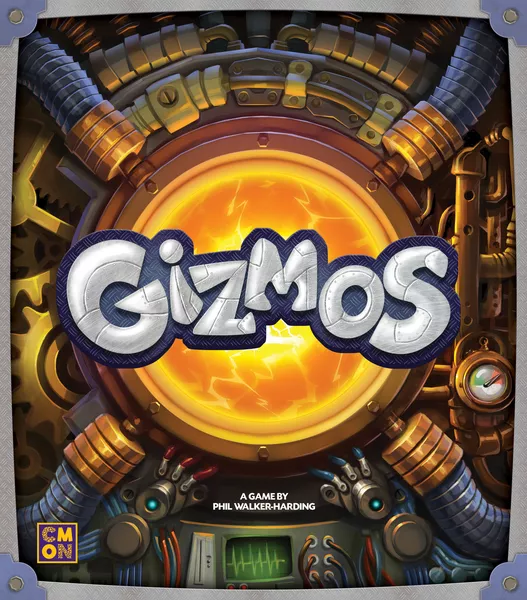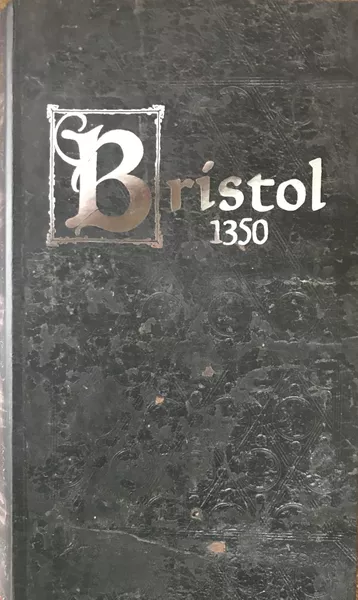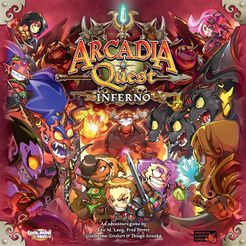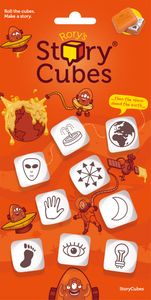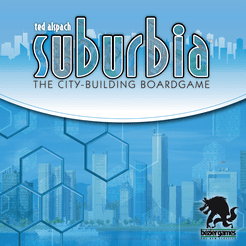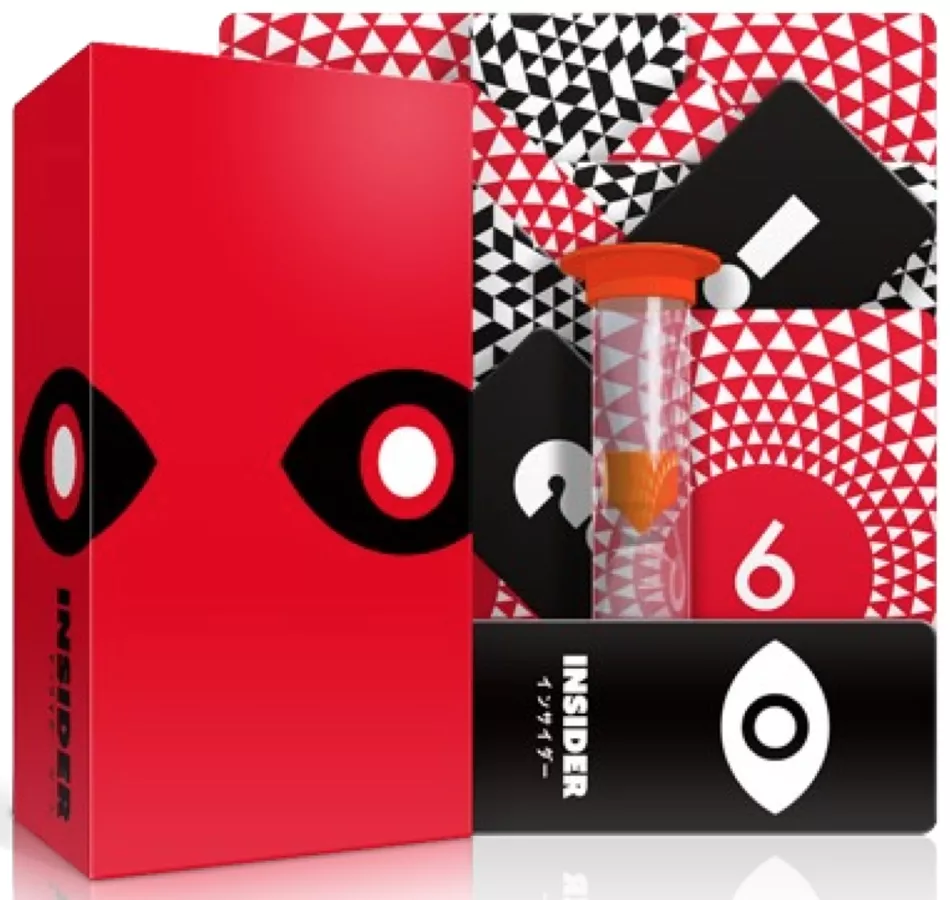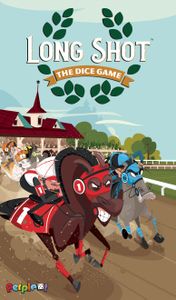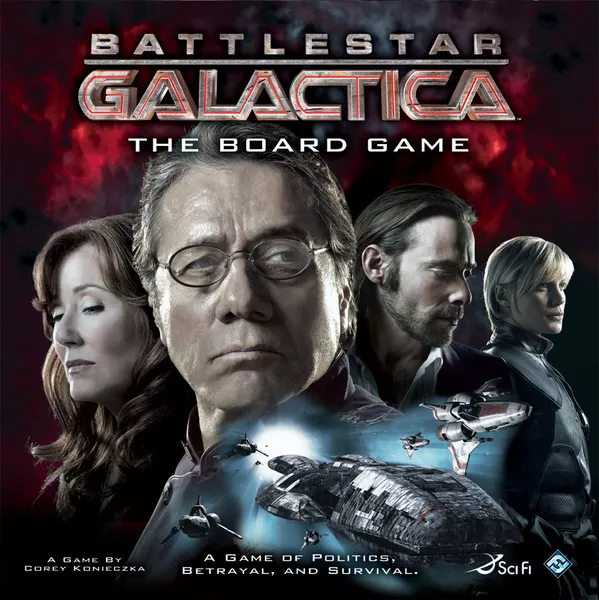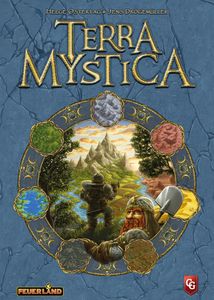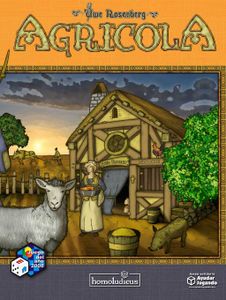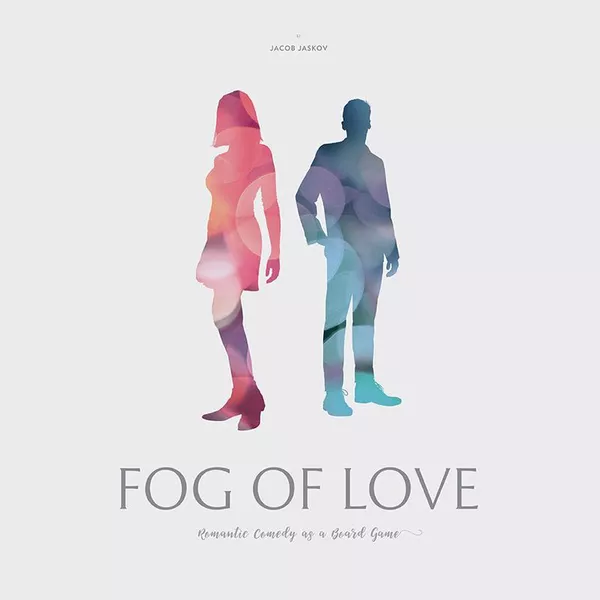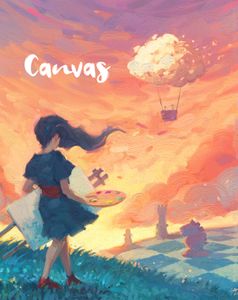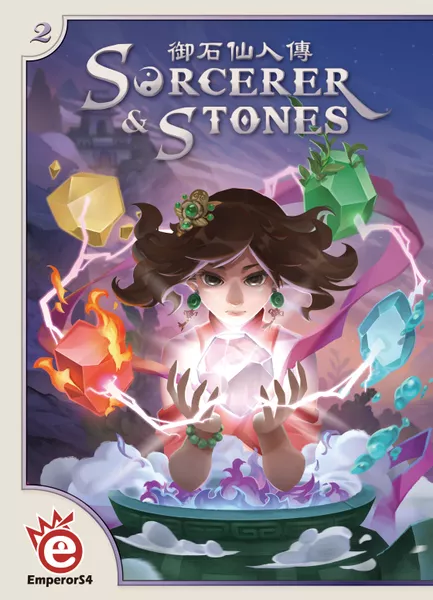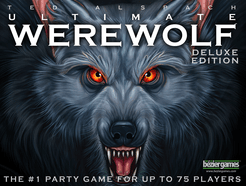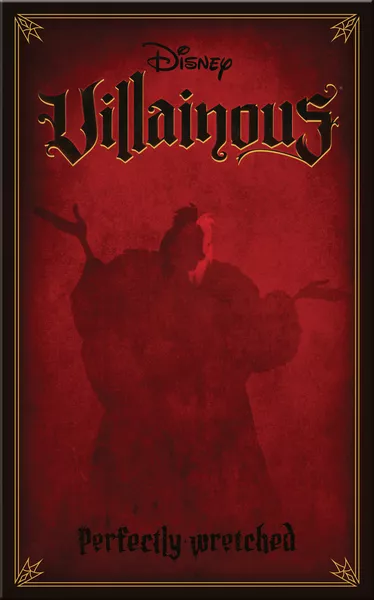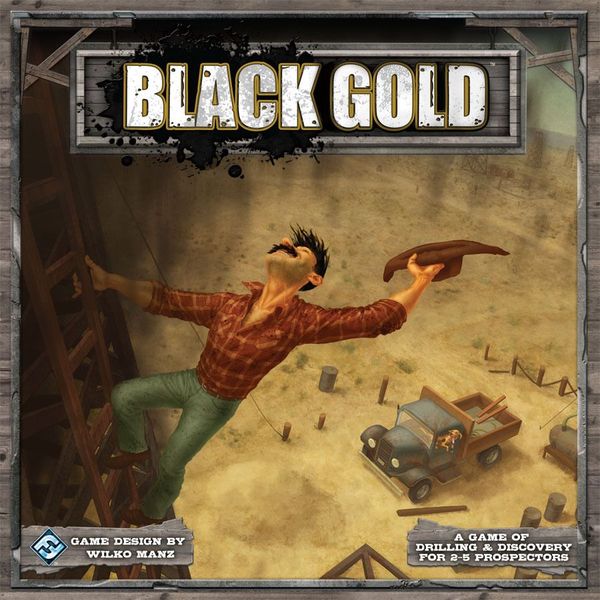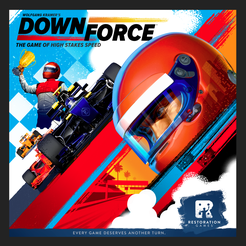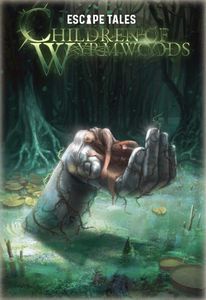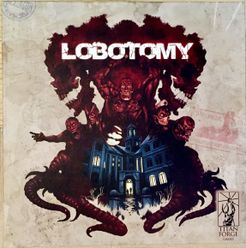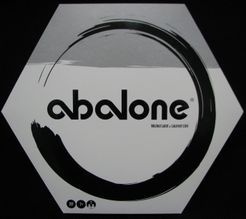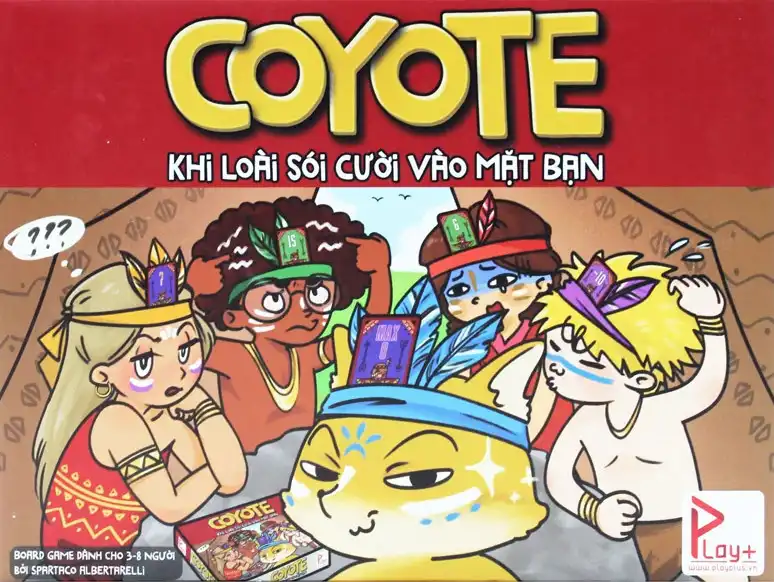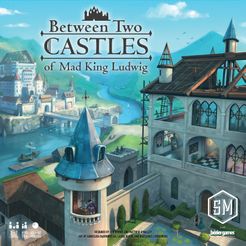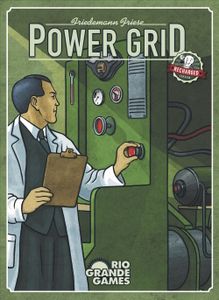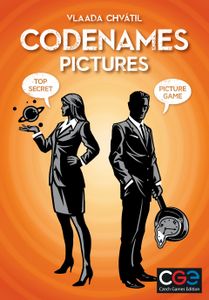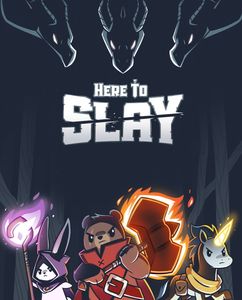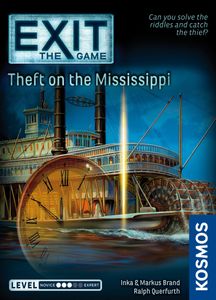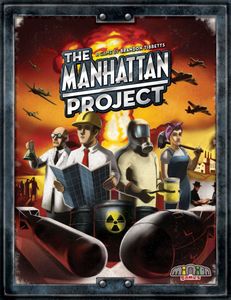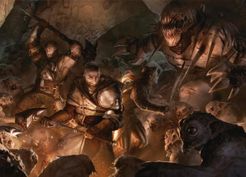Alles Futsch (1998)
Tác Giả: Hermann Huth
Nhà Phát Hành: F.X. Schmid
- Giới Thiệu
- Hướng Dẫn
- Video
- Chơi Ngay
- Đánh Giá & Bình Luận
The object of this game is to be the player with the most cash left when one other player goes bankrupt.
Each player receives:
1 play-table, which is placed face up in front of him
4 marker stones
Money worth 200,000 (3 x 50,000, 2 x 20,000, 1 x 5000, and 5 x 1000)
The card holder is placed in the center of the table.
The remaining cash is sorted and laid out in the bank..
The object cards are shuffled and placed in the card holder.
The top 5 cards are laid openly next to each other beside the card holder.
If there are fewer than 5 players, the remaining play-tables and marker stones are placed back in the box.
Play: Starting player selects one of the five face up cards for auction.
Each player must increase the bids. Beginning with the player who selected the object card, in as many rounds as needed. Bids must increase by 1000 or a multiple thereof. Once a player passes, he may not re-enter this auction.
The highest bidder pays the bank and receives the object card. The player may make change with the bank. The card will have 3 objects on it. The purchaser now has to distribute each of those objects.
Three possibilities exist for the card, each of the three objects on the card are used one at a time in any sequence desired.
The sequence is decided by the player who paid for the card. Each item is released after it is used:
1. An object for which he has only 0-2 copies in his collection: in this case he must take the object into his own collection. He sets one mark on the first field of the item or shifts it to the right to the next field. If this is the third type of an item, he immediately receives a bonus of 30000 from the bank.
2. An object for which he already 3 or more copies in its collection. In this case he sells the object to any fellow player who has from 0-4 copies of the object in his collection. The fellow player cannot reject the purchase and must pay the seller 20000. The buyer moves his marker to the appropriate field. If this causes the marker to move to the third position, he should immediately receive a bonus of 30,000 marks from the bank.
Note: the fourth and fifth objects of a type are thus always sold; one never receives these two objects from an object card that they have won for auction.
Buying more than 3 types of art makes ones collection decrease in value. The buyer must pay the seller the fixed purchase price of 20000 marks and he must also pay 10,000 marks to the bank.
3. A type of object which is not on his play-table (recognizably from the colored beam on his play-table at the bottom left hand corner). In this case, the auction winner sells such objects - as under 2 as described to other players
The object card is placed face up in the second side of the card holder after its 3 objects are distributed among the players.
The top face down card is turned up and added to the remaining 4 face up cards.
The player who purchased the last card, selects the next card to auction.
The game ends the moment one of the players goes broke.
First the fellow player is paid off, then the bank and then buyer receives any possible bonus.
The winner is the player who has the most cash. In case of a tie, the player with more objects in his collection wins.
Nơi mua Alles Futsch (1998)
*Chúng tôi có thể được hưởng hoa hồng khi bạn mua hàng qua liên kết của các nền tảng thương mại điện tử này.



